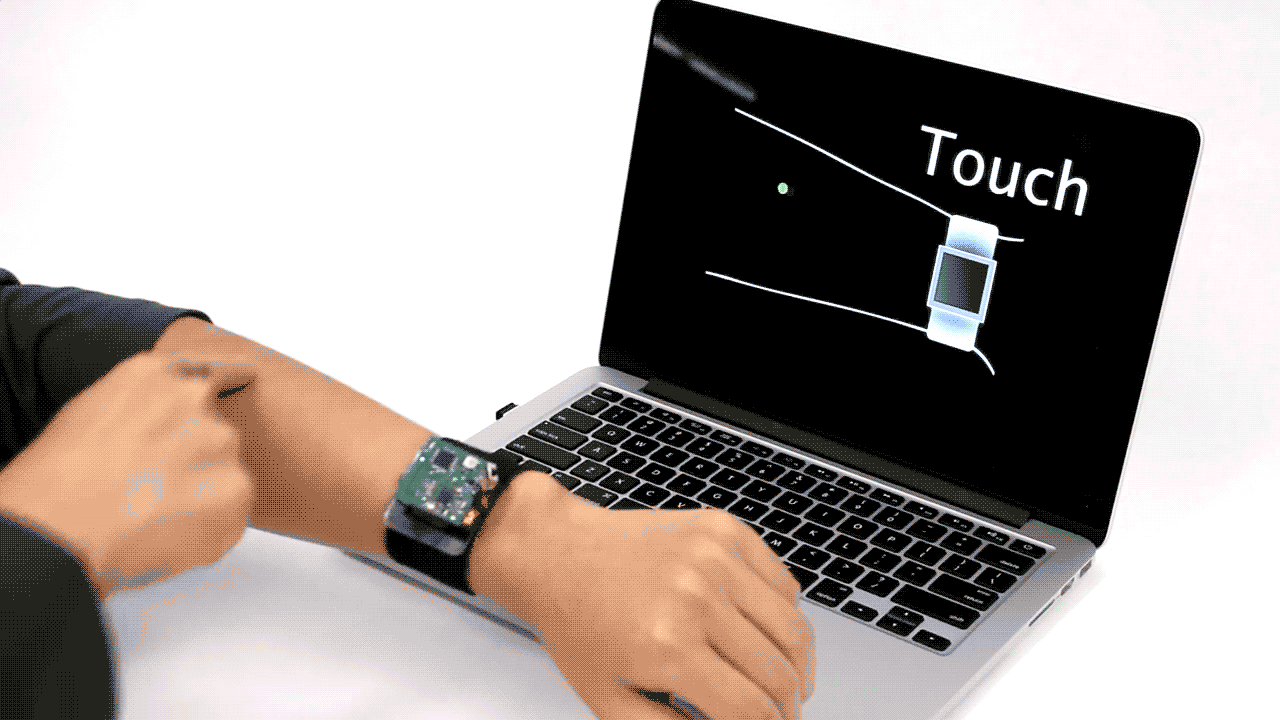IBM Quantum Experience represents the birth of quantum cloud computing, offering hands-on access to IBM’s experimental cloud-enabled quantum computing platform, and allowing users to run algorithms and experiments, work with quantum bits (qubits), and explore tutorials and simulations around what might be possible with quantum computing[…]
The IBM Quantum Experience is a virtual lab where you can design and run your own algorithms through the cloud on real quantum processors located in the IBM Quantum Lab at the Thomas J Watson Research Center in Yorktown Heights, NY.
Source: IBM Research Quantum Experience


